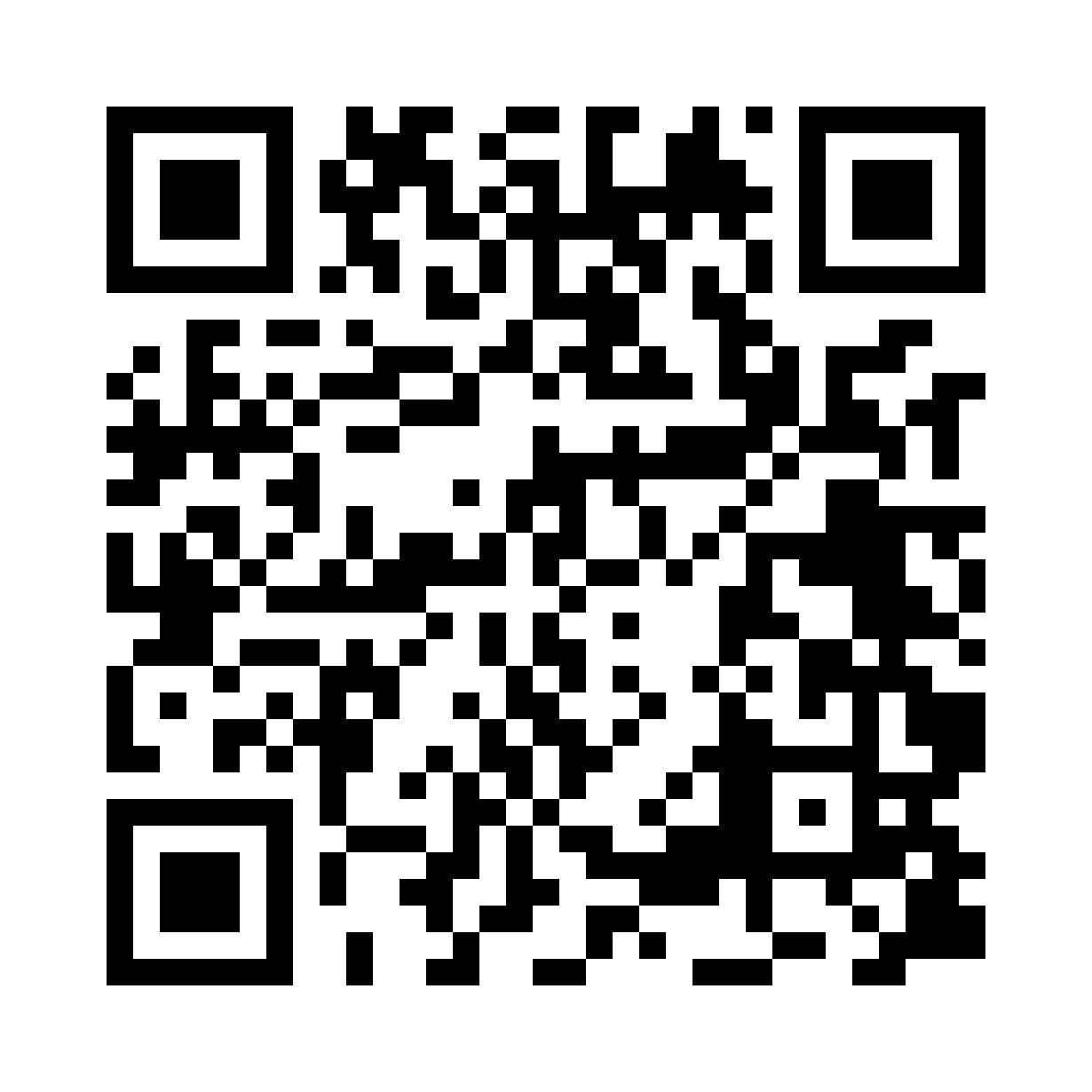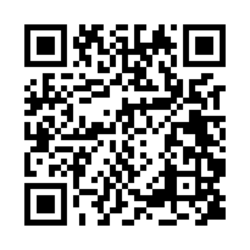
The common wisdom used to be that QR-Codes were prevalent in Asia, present in Europe, and basically absent in the USA. And then, Covid came. This Sunday, we went to a representation of a kid’s circus, the tickets were QR-Codes, the vaccination certificates we presented were QR-Codes, we paid the ice-creams and pop-corn using QR-Codes (Twint).
Most of my membership cards are still linear barcodes, but I store them within an app (Bring), some of them are already 2D codes (Migros in particular). My transportation pass (Swisspass) is an app with a QR-code. Basically the content of my wallet is slowly converting to a bunch of 2D codes. Only my ID-card and my driving license are still physical, but Apple already announced they would support virtual driving licenses in the US.
QR-Codes are also used as an authentification mechanism for many chat applications, but also for 2 factor authentification with my bank. And most flyers these days sport a QR-code pointing to the web-site with more information. What I find interesting is that the use-case of encoding a URL is still used a lot, often the data encoded is not a URL, but some application specific data. For instance the vaccination certificate QR-Code contains a signed binary JSON structure with the relevant information. This is nothing new, one of the first use-cases of QR-Codes was to encode contact information in the v-card format, but it is interesting to see things go full circle.
